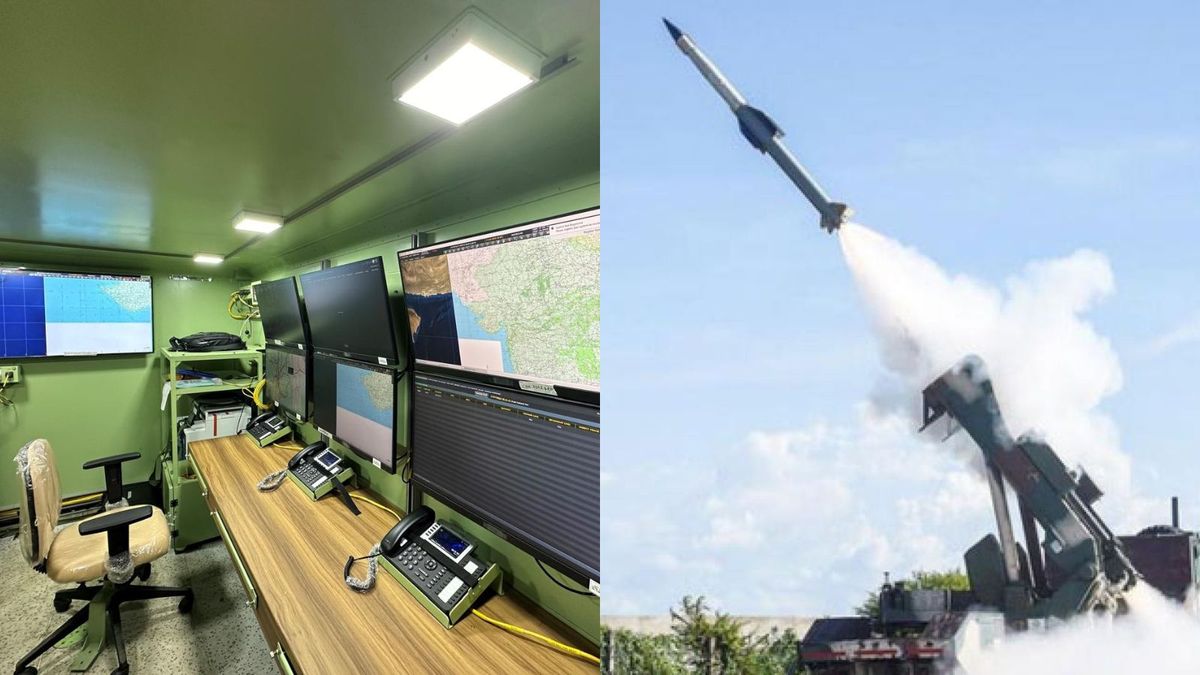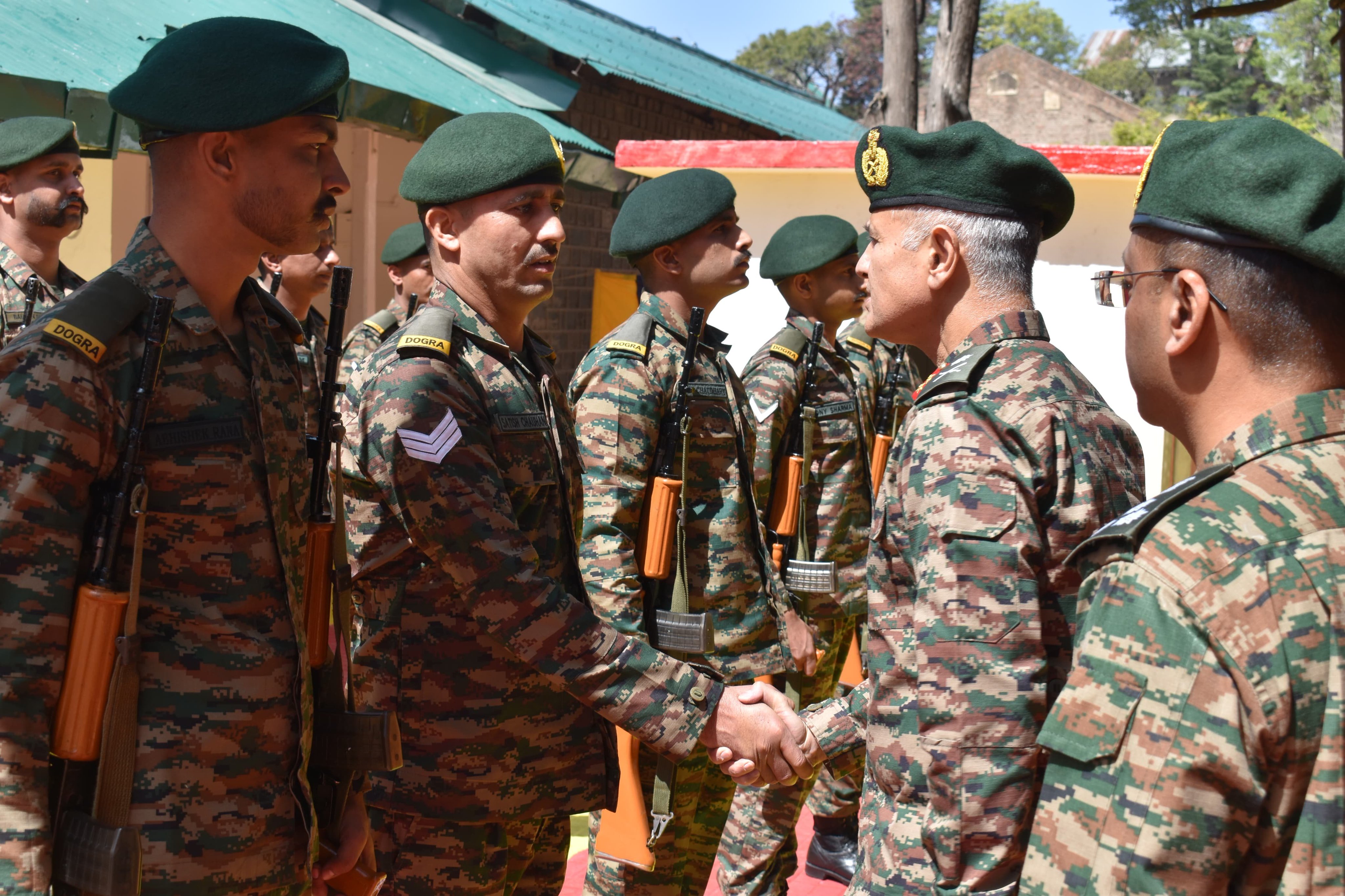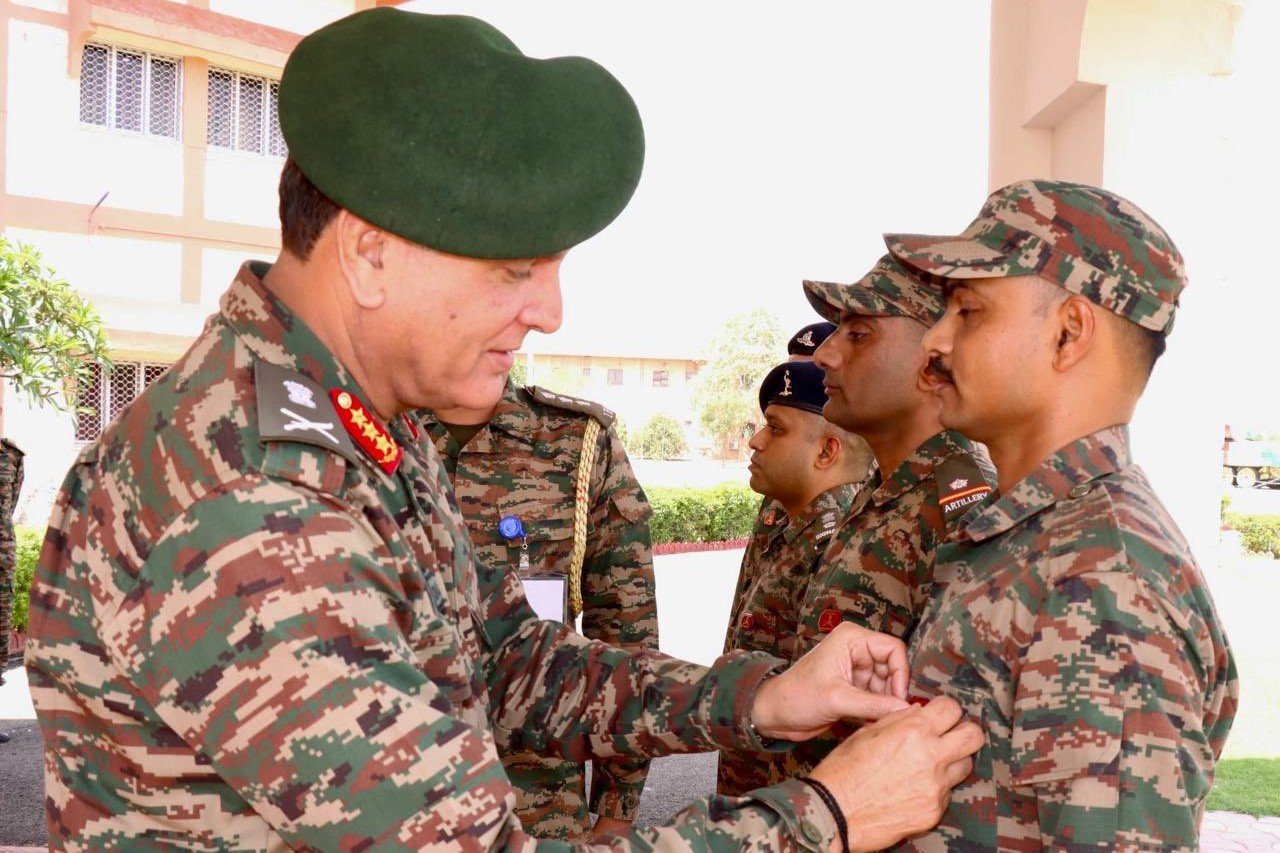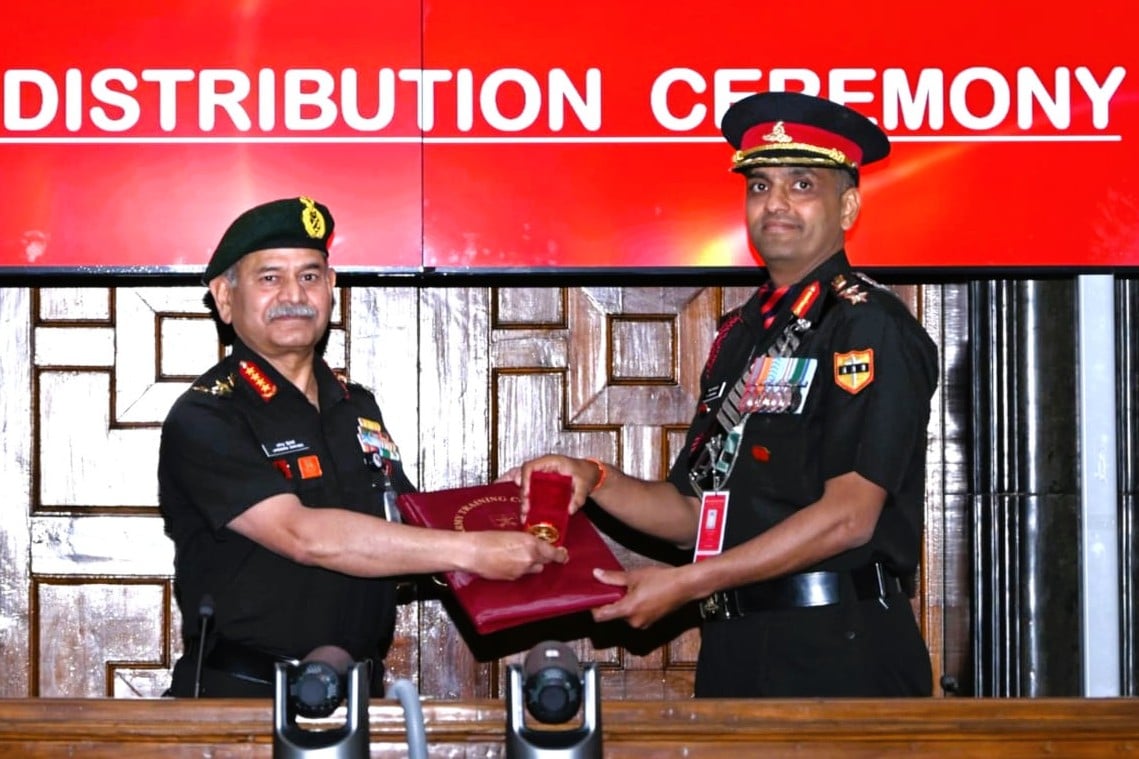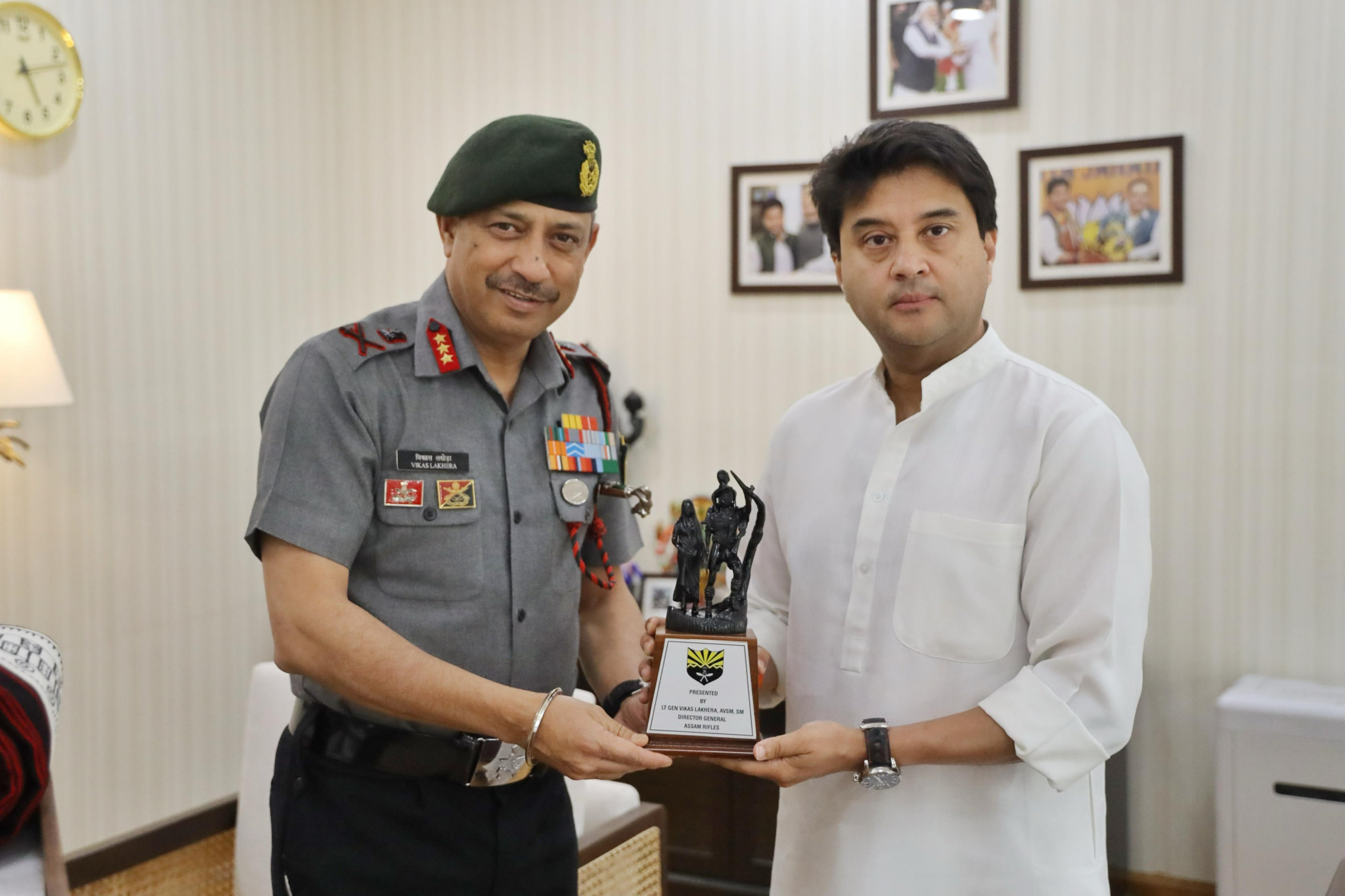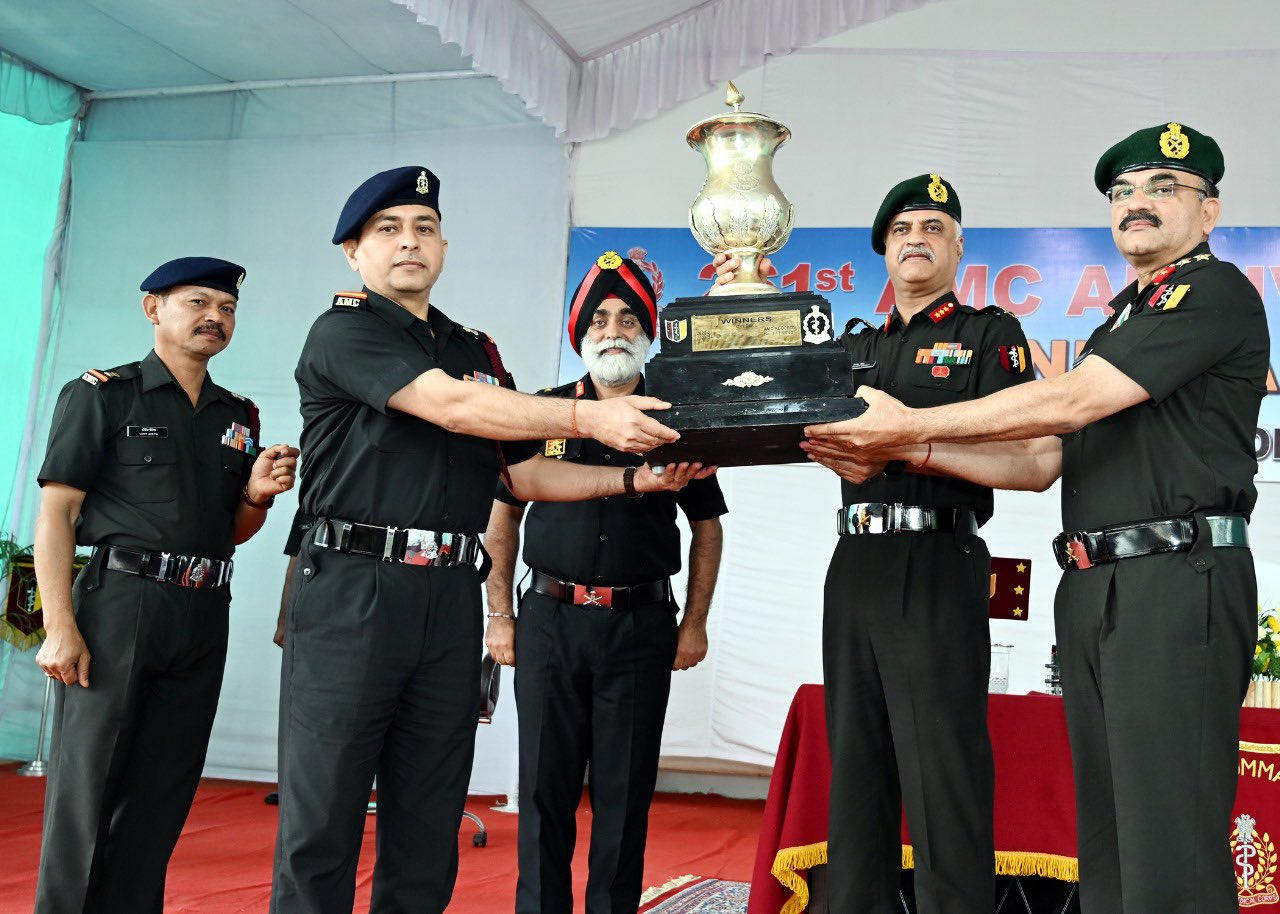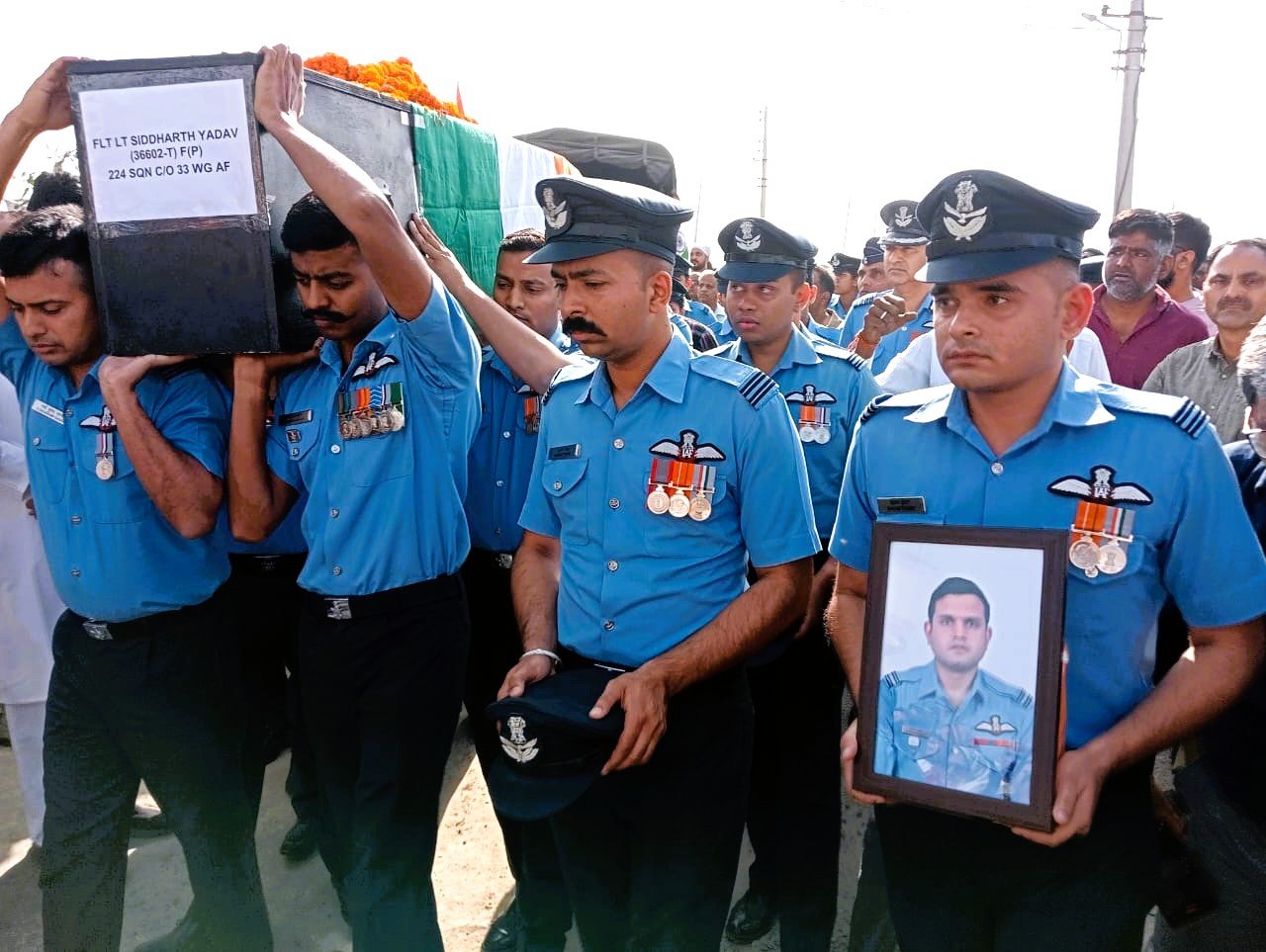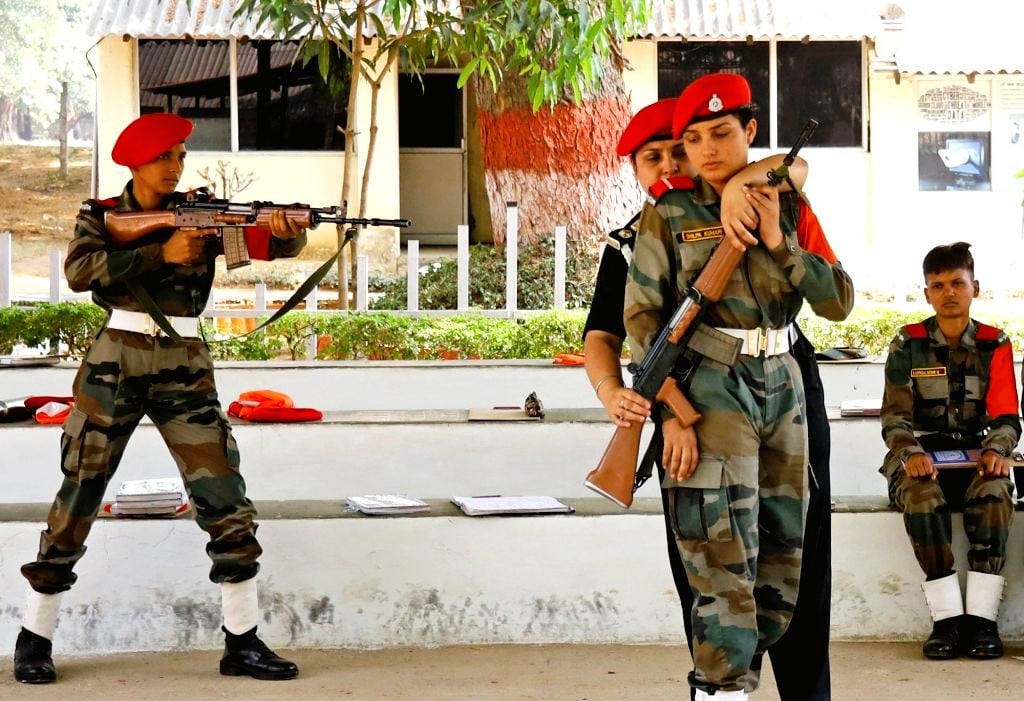The Indian Army is making significant strides in enhancing its air defense capabilities through the phased induction of advanced control and reporting systems under the ambitious ‘Project Akashteer.’ As of now, 107 out of a total requirement of 455 systems have been delivered, according to official sources. This project aims to improve situational awareness and control, ensuring the safety of friendly aircraft while enabling effective engagement with potential hostile aircraft in contested airspace.
Project Akashteer represents a groundbreaking initiative to automate air defense control and reporting processes by digitizing them. This modern approach will place the Indian Army at the cutting edge of air defense technology, fostering a secure and vigilant airspace over the nation. The phased delivery of these systems is ongoing, with an additional 105 expected by March 2025 and the remaining units slated for delivery by March 2027. This timeline promises comprehensive coverage for the Indian Army’s various defense units and formations, highlighting a commitment to maintain pace with the increasingly complex security landscape.
In a recent development, a “real-time validation” exercise for Project Akashteer was conducted, simulating scenarios anticipated in future conflicts. A senior military officer witnessed the validation process and praised the project’s achievements, acknowledging the transformative leap it represents for the Indian Army’s air defense capabilities.
2024 has been designated as the ‘Year of Technology Infusion,’ which aligns with the Army’s broader strategy to amplify its air defense systems through the deployment of the Akashteer Control and Reporting Systems. The deployment began in April, marked by the flagging off of the first batch of control centers from Bharat Electronics Limited (BEL) in Ghaziabad.
Developed as part of the ‘Atmanirbhar Bharat’ initiative, Project Akashteer promises to significantly enhance the operational efficiency and integration of the Army’s air defense mechanisms. Among its key features are comprehensive sensor fusion, automated operations for expedited response times, decentralized engagement authority, an advanced real-time air picture, built-in redundancy and scalability, as well as the flexibility for deployment across various formations.

